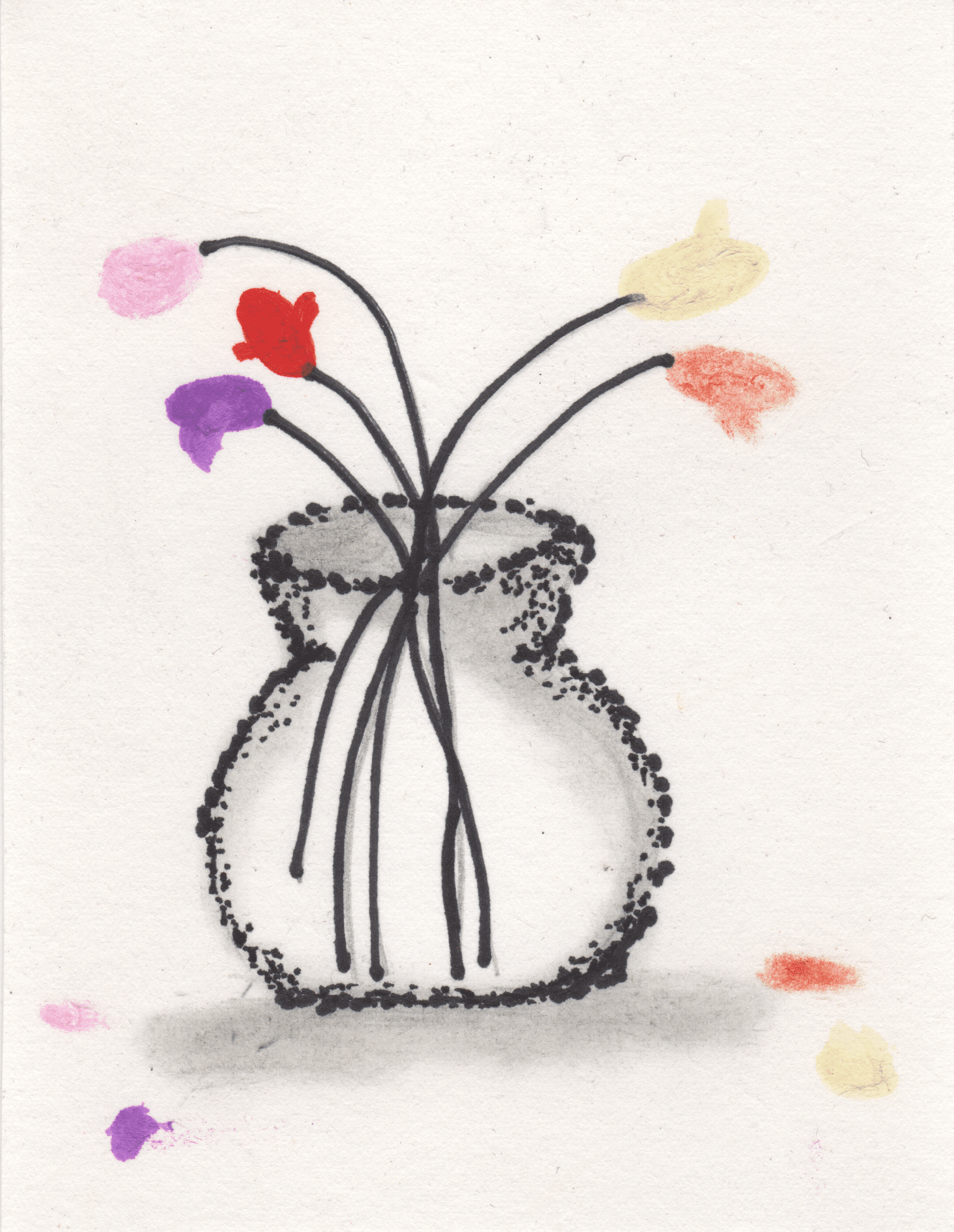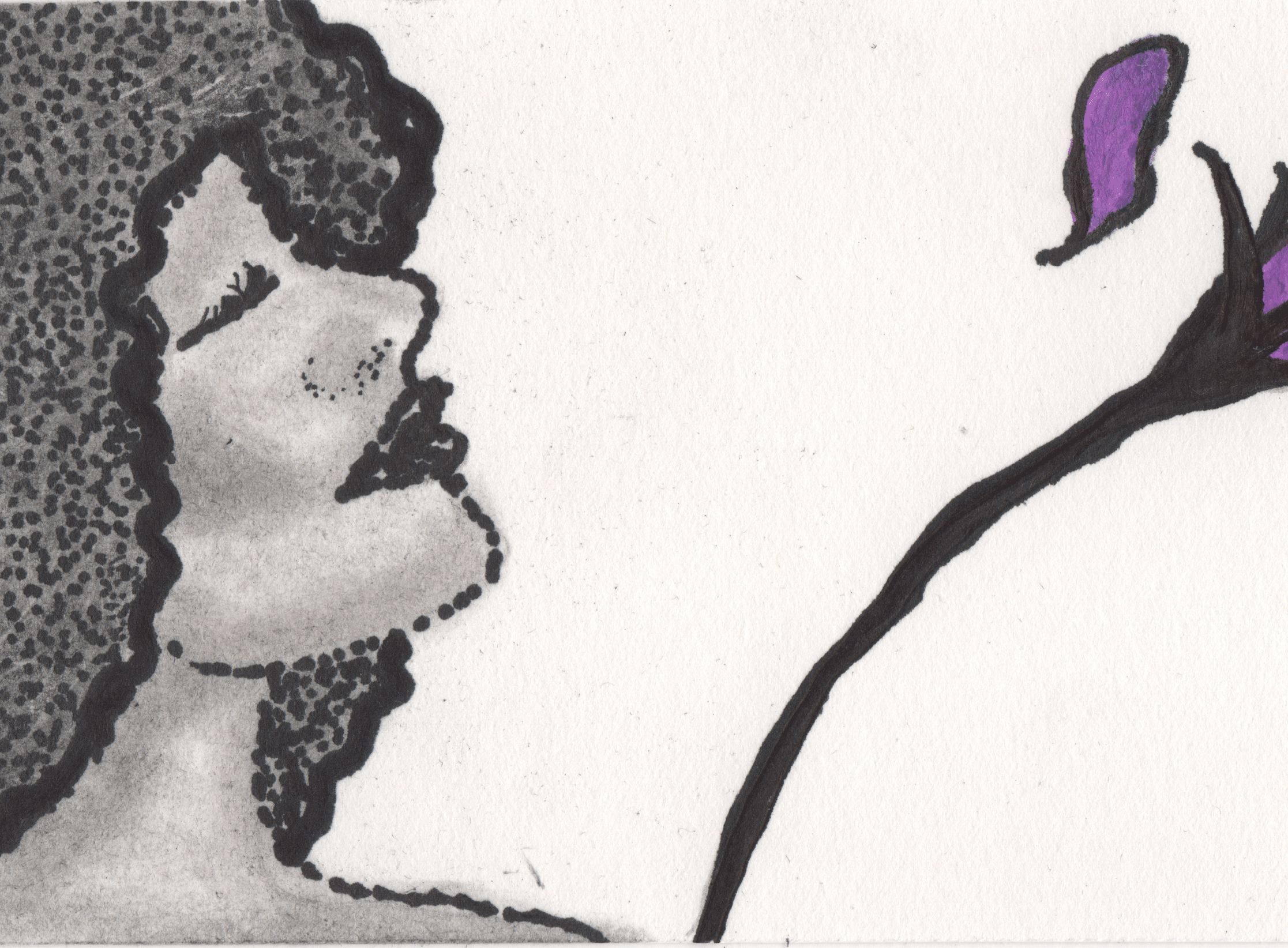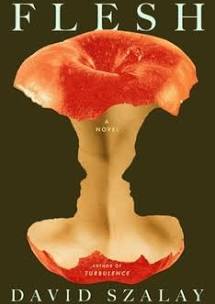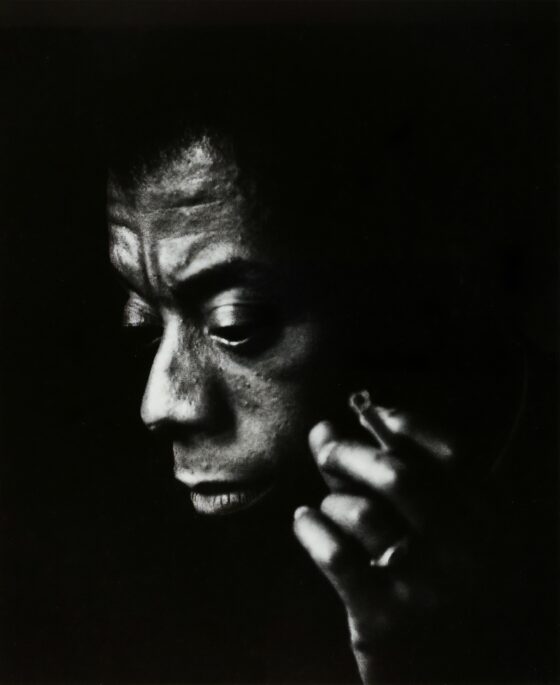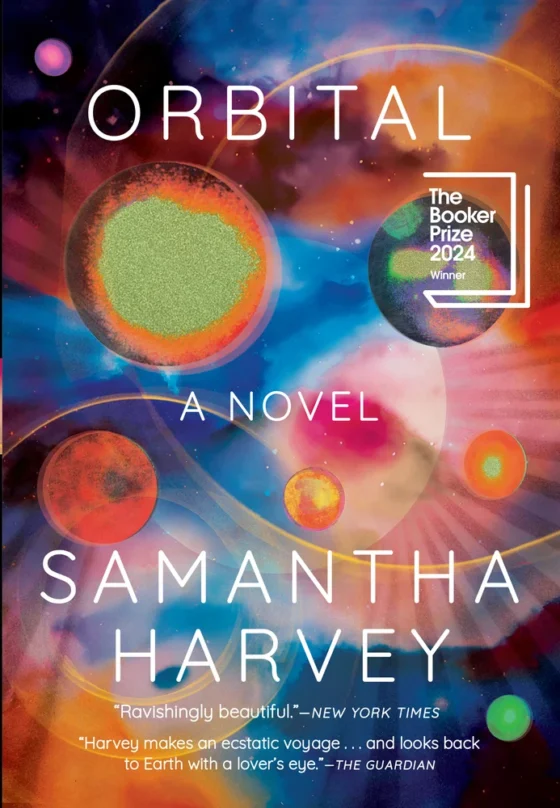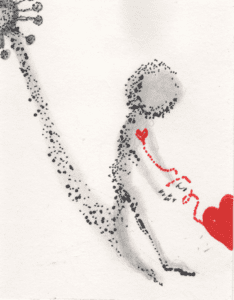
In graduate school, I wake up in the morning and lie in bed for another two hours. I get up, feeling the dirty, spongy carpet between my toes as I turn the channel to House Hunters where a suburban mom is frustrated by the lack of granite countertops and marble backsplash. We’ll need to entirely gut this kitchen. I walk past my kitchen with laminate countertops and a sticky floor. I question if being poor is being so broke that you brush your teeth with salt. I sigh and brush my teeth with $2 Aim toothpaste—or was it $1.99? Every cent matters.
It is 2020. I wake in the morning and turn the television on, and it pauses on Flavor of Love which I have been watching reruns of over the past week. In the first episode, Public Enemy’s Flavor Flav knights his adoring fans and potential lovers with cheeky nicknames like “Smiley” and “New York,” “Thing 1 and Thing 2” and “Goldie.” I watched this episode for what might be the second or third time in college, eight years after its original airing. I imagine Flavor Flav draping a large clock around my neck. “Here you go, Cry-ee,” he says before shouting, “Flavor Flav!”
Flavor Flav is a master of ceremonies, as am I. Though he’s a hype man, someone who gets the crowd excited. Our similarities might end there.
My partner hates reality television. We are an odd match, considering MTV’s Laguna Beach and the Game Show Network’s Baggage are among my favorite sick-day TV shows. He dislikes the voyeurism of watching others’ strong and complex emotions on screen. I, for some reason, am fine with it. But he loves Hawaiian pizza so clearly his taste is up for debate.
I wonder what it would be like to be on reality television. I imagine a room full of Black women, all of us crying. There would be think piece after think piece written about what should change about our society, though maybe the producers would be congregating in the corner.
“Did you catch that? This is gold.”
In Heather Christle’s The Crying Book, she writes: “People cry out of fatigue. But how horrible it is to hear someone say, ‘she’s just tired.’ Tired, yes, certainly, but just? There’s nothing just about it.”
I read Hanif Abdurraqi’s poem “How Can Black People Write About Flowers at a Time Like This.” I’ve always known what a time like this is: the latest illness, the failing economy, the police deaths, the stolen children. It isn’t news to me. I disconnect myself from the insects that come to kill off my garden because I am tired. Audibly, visibly tired; I feel that someday this feeling will bury me. I think of Robin Boylorn and tiredness: “Tiredness might not be an emotion, but it is an affect. I feel it, I sense it, it exists on the surface of my skin and underneath, and it contours my relationships—political, professional, and personal.”
I was born out of tiredness. I was born tired. The tiredness felt navigating spaces as a person with intersecting identities: Black and woman. A lamentation is tiredness, as well as a deep-seated frustration.
There have been weeks on end when I wake up in the morning and say out loud to myself, speaking into the void: “I am tired.” Fresh off the dopamine boost of a good workout session: “I am tired.” Even if I am having a good day: “I am tired.” What I used to think was chronic fatigue syndrome could really be chronic Black girl syndrome. I breathe in tiredness and breathe out stress as many Black women do, statistically.
Flavor Flav would nickname me “Cry-ee” because the last five years prior to graduate school have been my Crying Years. By that, I mean to say it has been a period of five years in which I have cried more than ever before.
I learned that crying in front of medical professionals means nothing. I imagine them after our appointment, backs turned in the corner watching hidden-camera footage: “Did you get that? This is gold.”
In writing, I often try to blend reality (nonfiction) with what I think of as hyper-reality (speculative nonfiction). If one is less inclined to listen to my real-life pain, then why not allow an imaginary monster to speak for me? Why not let the dead flowers speak to my own affect or, perhaps, my own fate?
Right now, there is a phantom virus outside, most affectionately known as The ‘Rona. It’s funny that when I first saw the words, “The ‘Rona,” it was on screen (where most of my life lives these days). A frayed-looking Muppet leads the image to text that reads, “When you feel a little tickle in your throat.” Mr. Muppet’s eyes go wide, and he clutches his invisible pearls. “Is that The ‘Rona?!” Mr. Muppet looks around, eyes shifting.
Every other day I have some sort of existential anxiety moment thinking about whether I would be offered a ventilator or not in the event of a hospital overload. Whether I would die alone inside a cold room and if I’d be lucky enough to see my loved ones on an iPad wrapped in plastic, a haunting metaphor of what I, too, would become: an inanimate object, carefully covered.
Saying “The ‘Rona” lessens the impact of “coronavirus” or the even more clinically chilling “COVID-19.” ‘Rona leans on your counter shedding herself, and you might go, Oh, that’s just ‘Rona again! Doing what she does best, as if you’re in the latest post-apocalyptic sitcom. COVID-19 sheds, and you think of your loved ones clutching their chests as each respiratory droplet flutters to the ground. My partner and I are talking about fostering a dog because we need another life form around, maybe naming her ‘Rona. We think out loud about the collective trauma experienced all across the globe. With our new puppy ‘Rona, perhaps we would be just like those watching the latest quarantine movies on Netflix, inviting the darkness in to come and play.
I am doing things quietly these days, methodically, savoring what might be the last few times I wrap my hair at night, moisturize my face, water my plants, sweep the floors. They are all domestic things, to reinforce the idea that “I am safe here.” It is a new experience for me. Nearly agoraphobic during the Crying Years, I stayed inside because I was fearful of what the outside world could do to me, as if there were a million little viruses in the wind, in the people, in the very ground of the earth itself. It was never because I felt safer inside. Inside I was alone, with myself, in my own brain where there, too, were a million little viruses. I would need to wrap the fleshy-pink-brain-matter couch in my head in plastic. Wrap the whole of my insides in plastic—only then would I be safe.
It’s a shame that now the outside threatens not just my mind but my body. I want my body to feel safe. I want my body to be here tomorrow, a month from now, a year from now, for the foreseeable future. I would not have said the same thing five years ago. I did not want to wake up to see the new day in my Clorox wipe-resistant brain.
After Breonna Taylor, I search Instagram for home décor. Usually this is soothing. The sectional reminds me of comfort; the reading chair, security; the planters, protection. A few nights ago, I cried myself to sleep in my partner’s arms thinking about Breonna. She was young, respected as an EMT; she was beautiful, and she saved people when they were sick. When she was alive, she offered others safety. But when I look at photographs of her now, I see her ghost and my legs feel leaden again. I no longer feel safety in my home. I feel terror. I explain to my white partner that I worry someone will break into our home and kill me in my sleep. I tell him I want to get a gun. I used to have a pink Taser that I lost after moving. I imagine it in my hands—bright, solid, and powerful. Right now, I would be honored to hold its beauty, breathe in its aesthetic. For once maybe have a role in my own freedom, or at least the impression of it. I began telling you about my tears, about my new name, ”Cry-ee.”This nickname was meant to describe my state of mind. Now I cry for justice. I cry for safety.
I want to write about the yellow roses or the sparkling violets or the stunning marigolds that Hanif speaks of in “How Can Black People Write About Flowers at a Time Like This.” I want blossoms to be in my future. I imagine covering a row of bouquets in Flavor Flav clocks to show that even though they are temporary, like the love between reality television show characters, they are still beautiful. I cannot water these flowers with my tears. My eyes are deserts now. They flutter shut at night, drained from the day. The next morning, I pick a measly bunch of sunflowers at the supermarket. I want to write about the flowers, but it’s painful to know we can never be friends. They’ll just die again and again. “A time like this” is the longest relationship I’ve ever had. When I fall asleep, I know I will wake to the darkness. Once a month, I might pick a flower from the neighbor’s bushes. I’ll take it home, water it, and nurture it the only way I know how. Soon, “a time like this” will come knocking at the door and I’ll say goodbye to my new friend—blowing away hope, till next time.
I now can definitively point to my desire for an aesthetic of safety. I find beauty in being protected from danger. I want to bottle up a perfume with scents that read as a “whisper of freedom from hurt” combined with a “splash of security.”
The hardest thing about being with my partner is not our difference, it’s the grief. He will never truly know what it’s like to grieve collectively and yet feel devastating loneliness. I talk to my Black colleagues, friends, and family and we say so much with our bodies. Right now, due to social distancing, there are Zoom meetings with the topic: “Let’s Be Alone Together.” I think about how that’s what Blackness feels like—the hysteria of doubting your own experience, the specter of death. We are the loneliest when we die.
Recently, I planted my first lily in our backyard. It’s begun to sprout. Soon, I’ll bring the flowers inside, the blossoms, the lilies, the violets, breathe in their fresh scents. I’ll place them safely against the vintage mirror frame near the decorative fireplace—bringing beauty to my insides at long last.
***
Rumpus original art by Leesa Travis.


